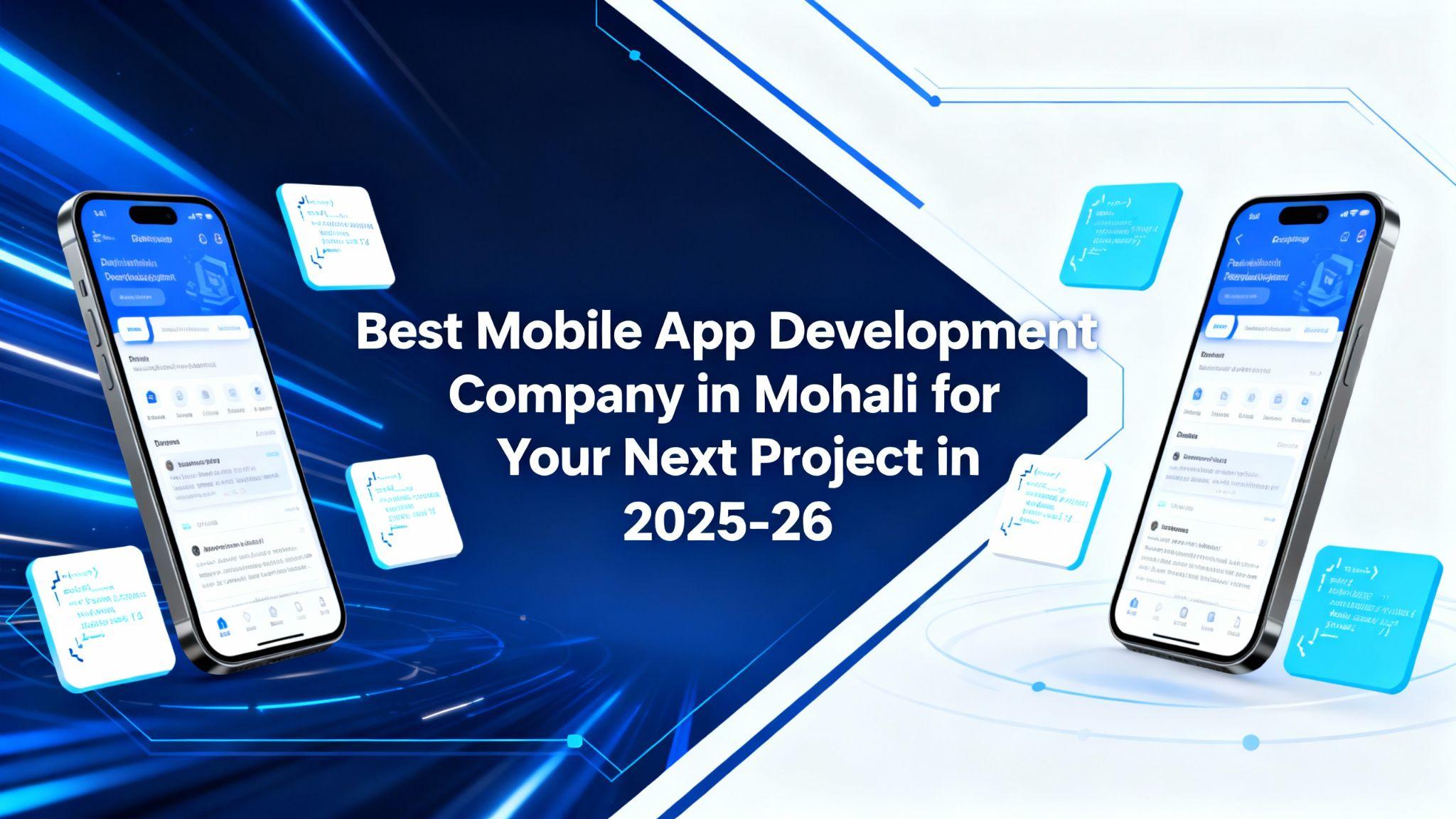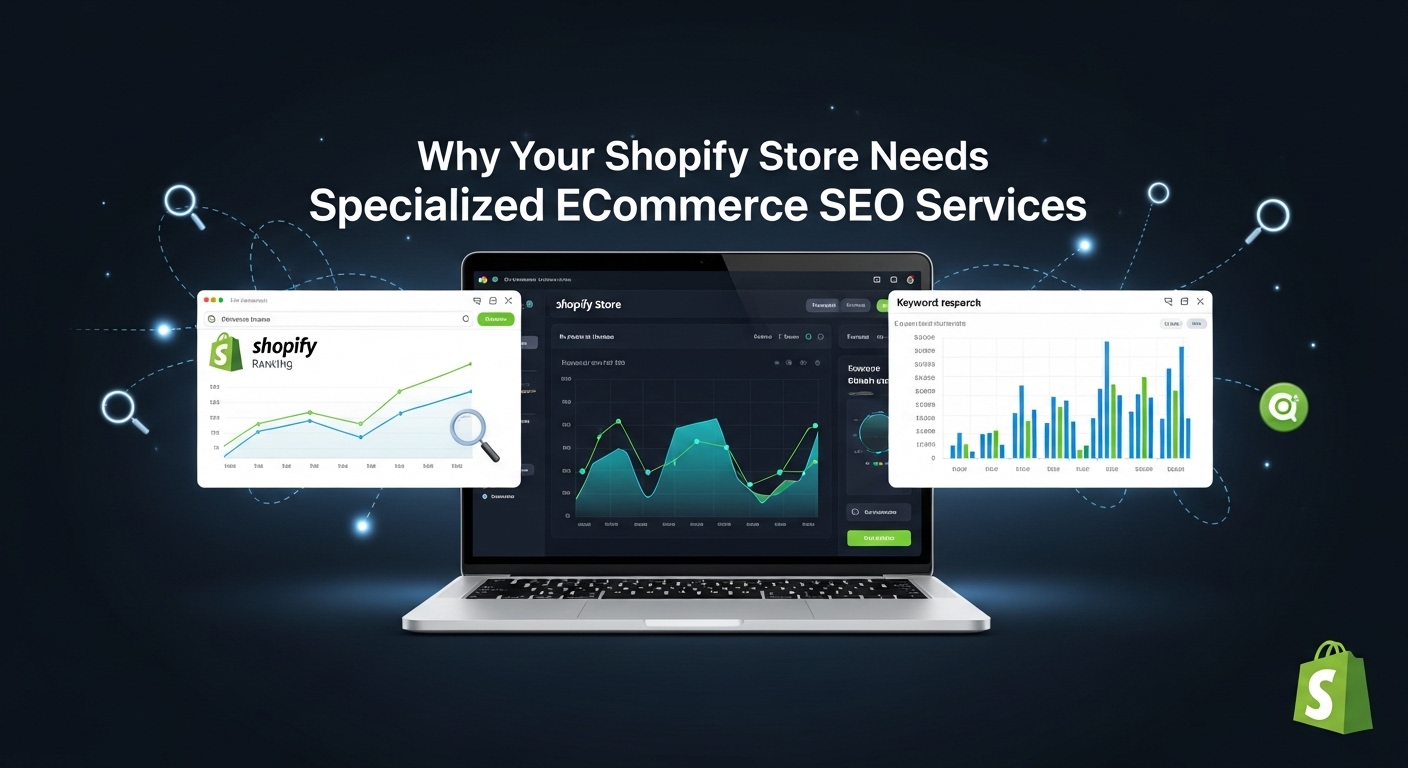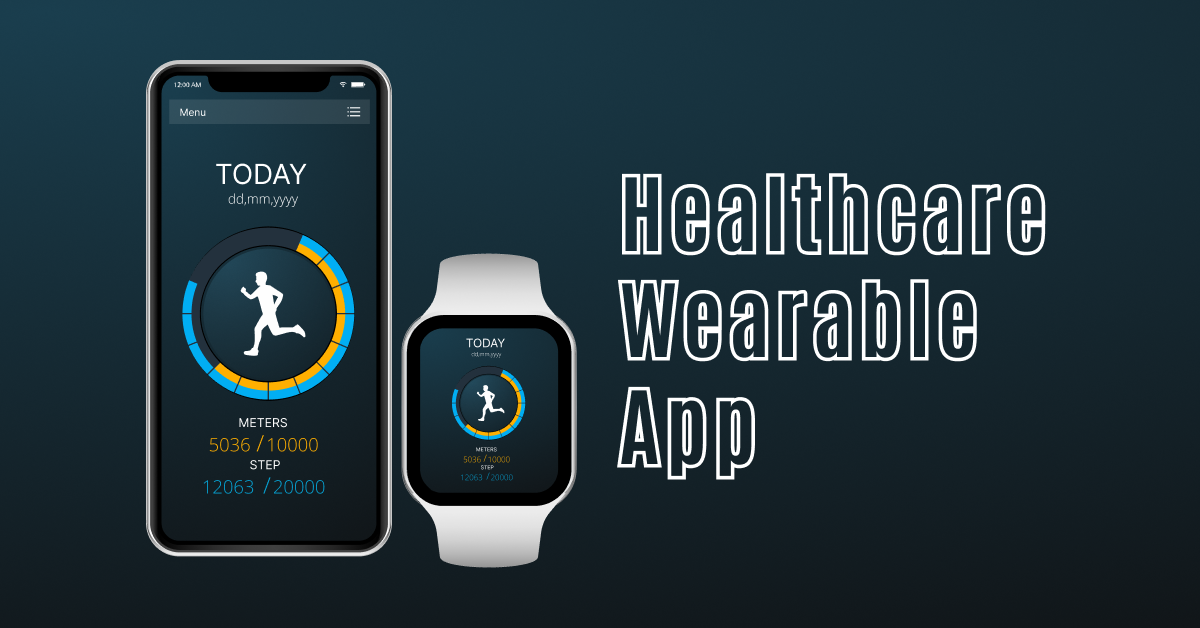
Best Frameworks for Your Healthcare Wearable App
-
By Amardeep Singh Sandhu
-
19th June 2024
The world is opening up to new possibilities and ways of interacting with smart devices and wearables are the dawn of this new age. Wearables such as smartwatches, Apple Watch, etc., are in their peak era, especially for monitoring health.
According to businessofapps.com, two in five adults used healthcare apps last year, and there was a 35% increase in people using wearables compared to 2018. With such striking adoption of wearable apps, now is the golden period to kickstart your healthcare wearable app development venture.
To back this up, Statista estimated that the market for wearable healthcare devices will reach $76.1 billion by 2029.
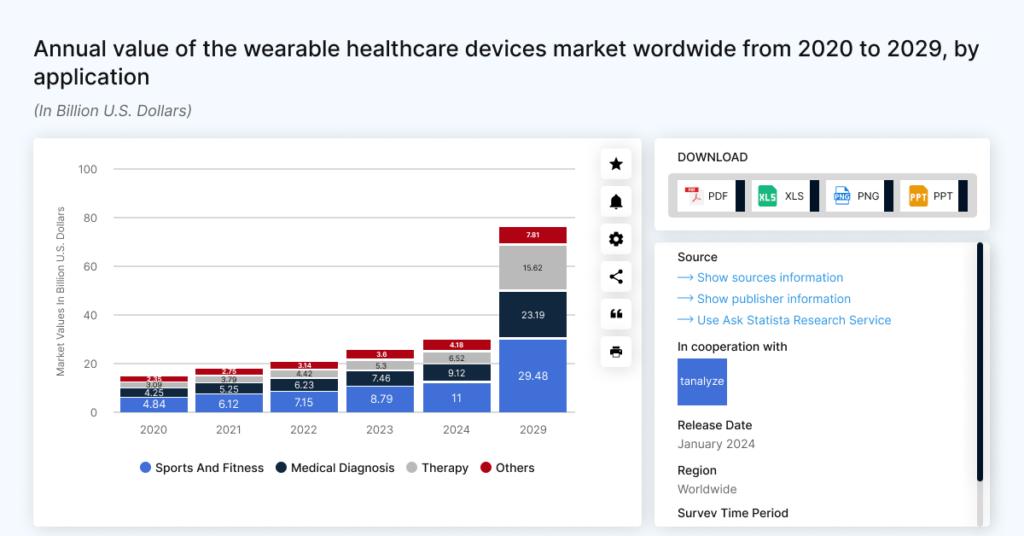
This blog is a user-friendly guide for app enthusiasts who want to launch their healthcare wearable app. Whether you want to build your own Android or iOS wearable app, this guide is designed to provide you with the most important tools and frameworks you need to adopt, making the process feel more manageable and less daunting!
What is Healthcare Wearable App Development?
Healthcare wearable app development is the process of creating applications that function on wearable devices such as Android smartwatches, Apple Watch, fitness trackers like Fitbit, etc. The role of these apps is to collect, analyze and show health-related data such as heart rate, respiration rate, sleep patterns, steps taken and tracking menstrual cycle.
These wearable healthcare apps play a significant role in preventing life-threatening diseases such as heart stroke, chronic disease management and prompt a health-conscious lifestyle.
For instance, in recent news, a 73-year-old New Jersey man credited Apple Watch for saving his life. The wearable device alerted the man for a significantly low pulse rate, thus saving his life.
Therefore, healthcare wearable app development is not just about driving business but also about working towards a massive vision of saving lives.
What are the Best Frameworks for Healthcare Wearable App?
Frameworks are essential tools in building an app. They provide pre-built libraries and components that streamline and speed up the process of wearable app development and ensure brand consistency.
Before choosing a framework for your app, it is important to analyze some pivotal factors to make the right decision. Choose a framework that aligns with your app’s goals and the available resources at your end. You can consider the following factors to choose a framework for a healthcare wearable app:
- Device compatibility
- User-friendliness
- Performance
- Available community support
We’ve divided this section into two parts: the best framework for Android health wearables and the best framework for iOS health wearables.
Best Framework for Android Health Wearable App Development:
- Android Wear SDK
If you want to create an Android wearable app, Android Wear SDK is Android’s official framework for creating wearable apps. It is a self-sufficient toolkit that offers a comprehensive pool of libraries and tools for building Android healthcare wearable apps from scratch.

You need to download Android Studio and then select Wear OS in the Templates pane. Later on, you also need to download SDK Manager from Tools and you’re good to run your first app on Wear OS 4 (latest version).
The following are the highlighting features of the Android Wear SDK toolkit:
- Emulator environment to monitor the progress of the app while creating it.
- Integrated APIs
- Special tools to perform voice-based actions
- Custom notifications
- Wearable-based layouts for Android smartwatches
Best Framework for iOS Health Wearable App Development:
- Apple’s WatchKit
Apple’s WatchKit is Apple’s official framework for building applications. You can create a diverse range of watchOS apps by using useful functionalities such as extended runtime sessions and background tasks.
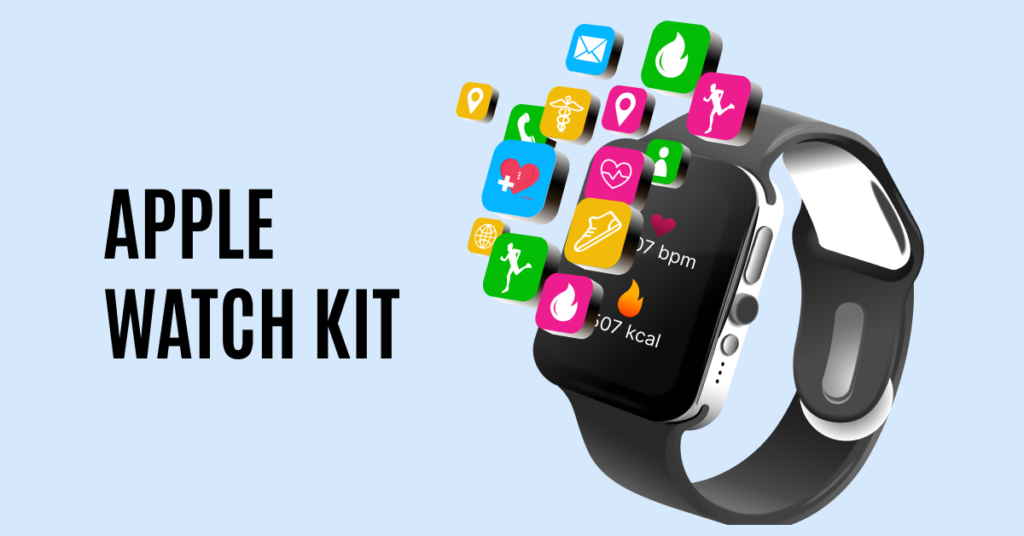
The following are the highlighting features of Apple’s WatchKit:
1. Libraries:
Exploring libraries inside Apple’s WatchKit allows you to utilize a large number of functions and classes. You can also add unique features to your Apple Watch app, such as a Digital Crown and haptic engine.
Some of the significant libraries and frameworks include the following:
- MMWormhole: It is a powerful connectivity toolkit for processing, synthesizing, and analyzing notification sounds. It creates a bridge between iOS and OS X extensions and their corresponding applications. You can install it through CocoaPods.
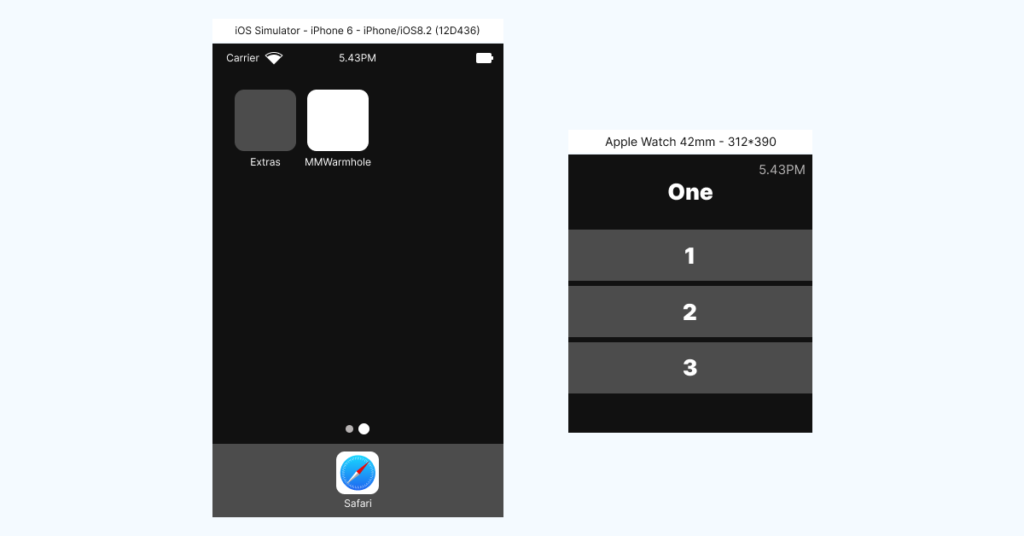
- IGInterfaceDataTable: It helps configure tables with multidimensional data seamlessly. It can also be used to create aesthetic Apple Watch apps with complex data structures.
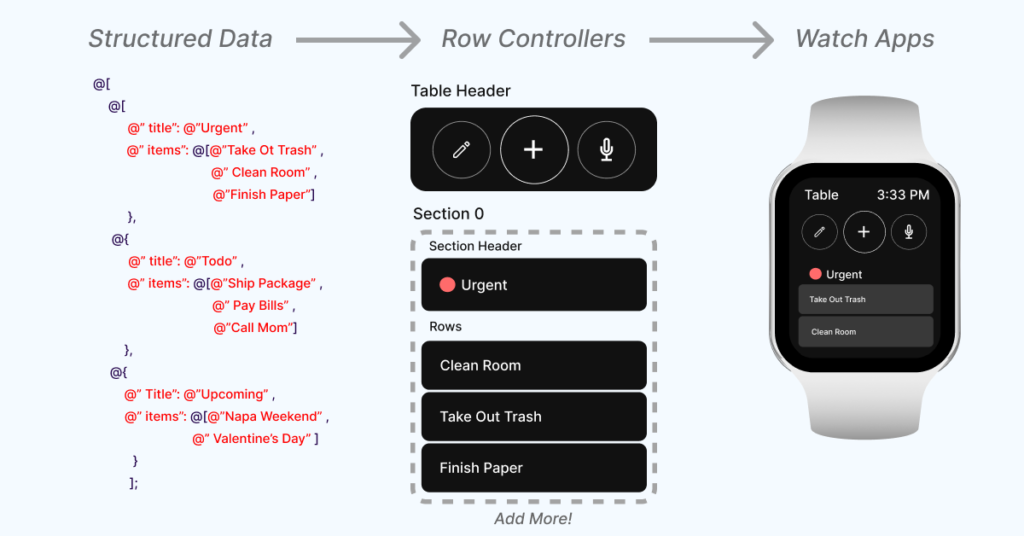
2. Templates:
Apple WatchKit’s templates ensure that the developers stick to the UI/UX and design guidelines of the Apple Watch’s apps.
3. Debugging Tools:
It often gets difficult to debug wearable apps because of their small size and unique user interactions. Apple WatchKit provides developers with various debugging tools that can help them recognize and fix issues efficiently. You can also do this in real-time with the help of Xcode.
4. Emulator:
Thanks to the Apple WatchKit emulator, which offers a simulated Apple Watch environment, you can develop the Apple Watch wearable app in real-time. This functionality ensures that the app’s UI/UX and capabilities are exactly what the developer intends them to be.
Points to Remember for Healthcare Wearable App Development
Since you’re here to learn about the best frameworks for healthcare wearable app development, the following are the most important features to remember when developing your healthcare wearable app:
- UI/UX and App Interface
It is crucial to build an app with a a seamless, user-friendly, and intuitive user interface, keeping in mind the navigational tendencies of wearable device users. A basic rule of thumb is to keep the interface as simple as possible. Remember, the users are not technical experts!
- Data Privacy and Security
Since health data is quite sensitive in nature, it is important to integrate robust security measures such as secure data storage, encryption and security compliance like GDPR and HIPAA. Users only rely on apps that keep their data secure.
- Easy Integration with Other Systems
The created wearable app must be dynamic enough to get integrated with other health devices and systems easily. For instance, a healthcare wearable app must have the capability to connect with other wearables, electronic health records (EHRs) and third-party health apps.
For instance, many companies are working on building a noninvasive insulin monitoring technology for their smartwatches. If they crack the code, it could be life-transforming!
Join Hands with a Reliable Wearable App Development Company
Whether you want to build a healthcare wearable app from scratch or extrapolate your mobile app idea into a wearable app, look no further than Deftsoft. With a team of 50+ experienced wearable app developers well-established over the last 18 years, we can help you transform your idea into a real-life wearable app. We offer premium wearable app development services that follow a streamlined process to create your healthcare wearable app right from ideation to app launch. Our team of experts offer app consultation, app development, QA testing, launch and consistent wearable app optimization.
Check out our wearable app development services or reach out directly.
FAQs:
1. What are healthcare wearable apps?
Healthcare wearable apps are applications designed to run on wearable devices like smartwatches and fitness trackers. They collect and analyze health-related data to provide insights and improve health management.
2. Why are frameworks important in wearable app development?
Frameworks provide a structured environment for development, offering pre-built components and libraries that speed up the process and ensure consistency in app architecture.
3. How do I ensure data security in my healthcare wearable app?
Ensure data security by implementing robust encryption, secure data storage, and compliance with regulations like HIPAA and GDPR. Regular security audits and updates are also essential.
4. What are the benefits of hiring a wearable app development company?
Hiring a professional development company ensures high standards, optimized performance, and robust security. They bring expertise and experience, reducing the risk of costly mistakes and ensuring ongoing support.
5. What is the future of healthcare wearable apps?
The future of healthcare wearable apps lies in advanced technologies like AI, machine learning, and blockchain, which will enhance data analysis, security, and personalization, playing a crucial role in preventive healthcare and chronic disease management.
Recent Articles
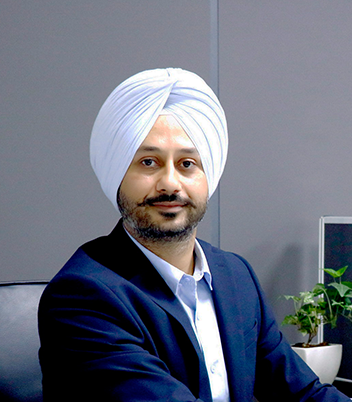
Amardeep Singh Sandhu
 19th June 2024
19th June 2024


